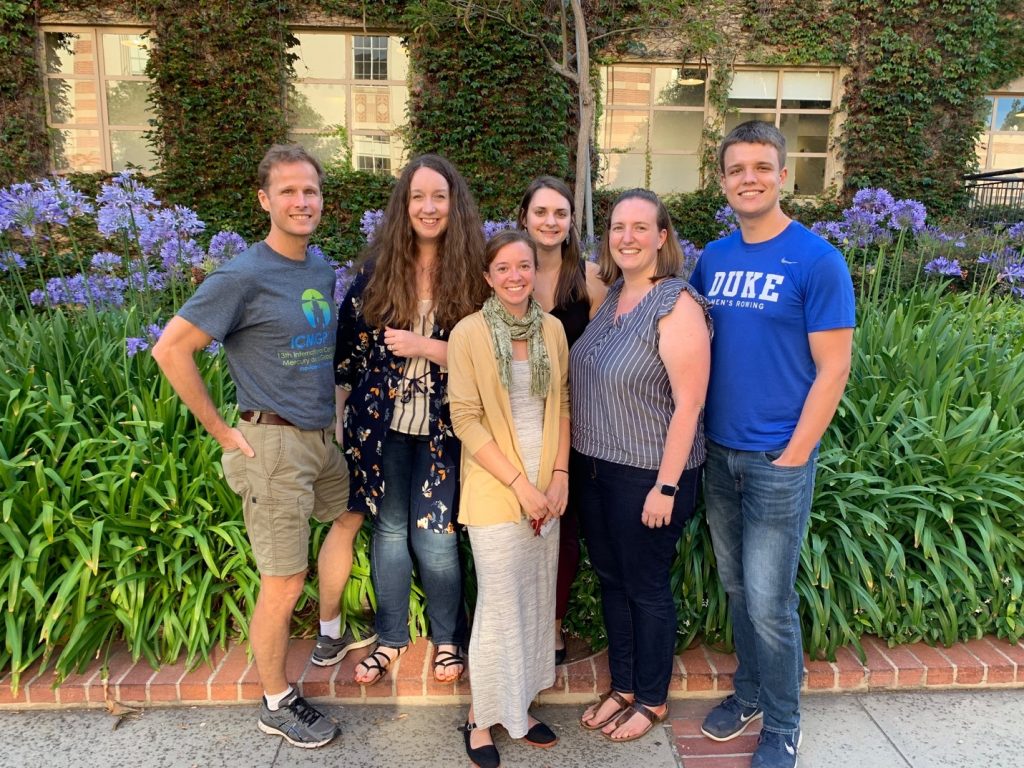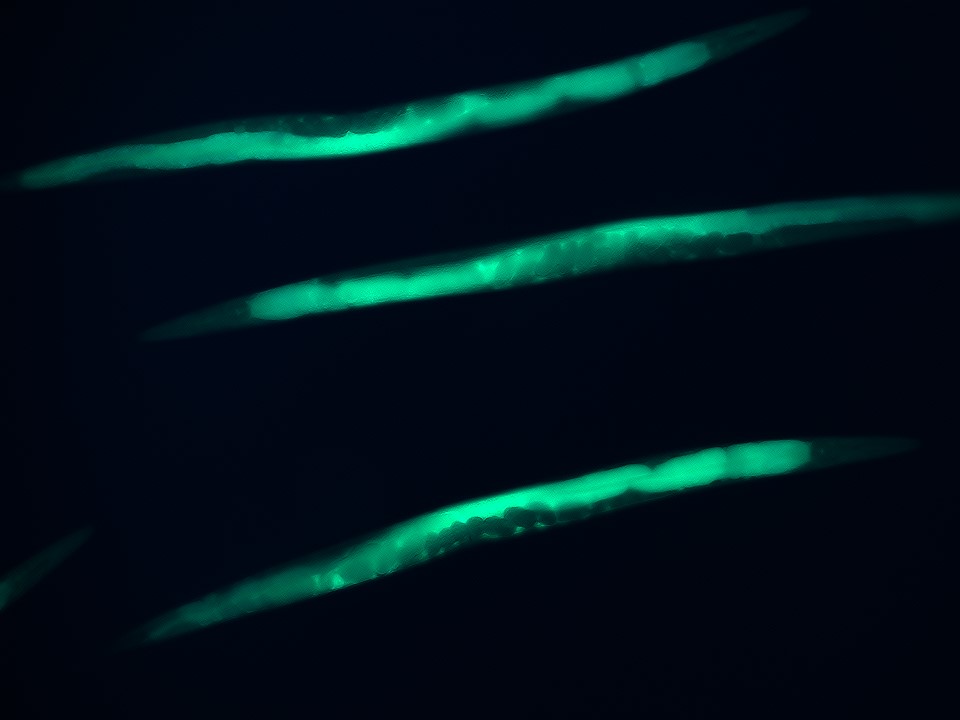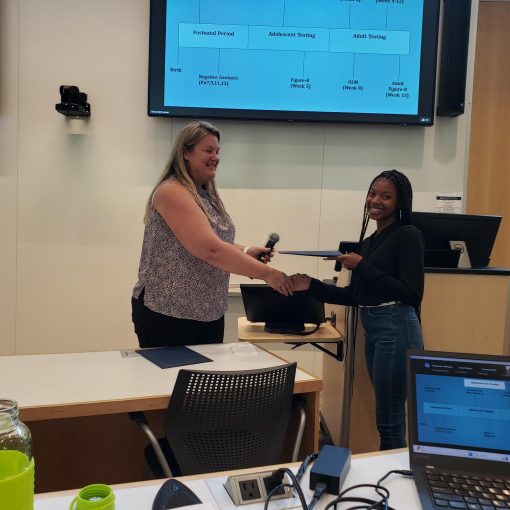By Zachary Markovich, Summer Research Intern, Meyer Lab
Picture this: it’s a warm summer day in southern California and as you walk around the campus of UCLA, you are suddenly greeted with a mass of people exiting from an auditorium, toting nametags, and excitedly gossiping about worms.
This may seem like a strange phenomenon, but this is the scene every two years at UCLA as scientists from around the world gather to share their research on C. elegans. This small nematode is the focus of my research, and I was able to present this year at the 22nd International C. elegans conference.

The use of C. elegans as a model species was pioneered in the 20th century by the late great scientist, Sydney Brenner. Key aspects about the worm such as its short developmental cycle and small genome helped it gain traction as an ideal organism for laboratory work. C. elegans is now the focus of many labs across the world, including the Meyer lab at the Duke Nicholas School of the Environment, where I am performing research. Unlike most other worm researchers, we are a toxicology lab looking at how exposure to environmental toxins affects mitochondrial processes. And in collaboration with Susan Murphy’s epigenetics lab, we assess how these effects might persist throughout the organism’s life and progeny.
My focus over the last semester and through this summer is on the toxicant pentachlorophenol (PCP). Before its toxicity had been well-documented in the late 20th century, PCP was a widely used biocide in wood preservation. PCP persists in the environment and is found at high levels in the Elizabeth River in Portsmouth, VA. It is here that PCP was used extensively by Atlantic Wood Industries to treat lumber; and now water and soil at the site is polluted with PCP and other compounds. This site is of great significance to the Duke Superfund Center, particularly project 4 and project 5.
I am studying how PCP exposure affects mitochondrial processes in C. elegans, and have found some very interesting results thus far. We have shown that PCP is a “mitochondrial uncoupler”, which means that it allows for protons to leak across the mitochondrial membrane, which wastes energy an organism could otherwise use.
We are also investigating the production of reactive oxygen species (ROS) which can impact the health of an organism and can be detected using a fluorescent imaging microscope and fluorescent proteins. Although the results are not yet clear from these experiments, we predict that while some ROS is likely being generated from the metabolites of PCP, overall production will likely be limited by the uncoupling previously mentioned. This shows that mitochondrial uncoupling is likely causing more of the health impacts we see when C. elegans are exposed to PCP, compared to effects from ROS.These results could be used as a starting point for further research into uncoupling worms, such as its mechanism of action or how the health effect can be treated.

In late June of 2019 at the 22nd International C. elegans conference, I was given the opportunity to present the research I outlined above, as well as some additional experiments showing how PCP stunts growth. Armed with my poster full of data and a rising excitement for the worm, I headed to Los Angeles to present alongside hundreds of other students and postdocs who wanted to share their research with the worm community. Presenting my poster at the worm meeting, reading others posters, and listening to talks from the field’s leading scientists was a fantastic experience and has made me excited to continue my work studying C. elegans.





